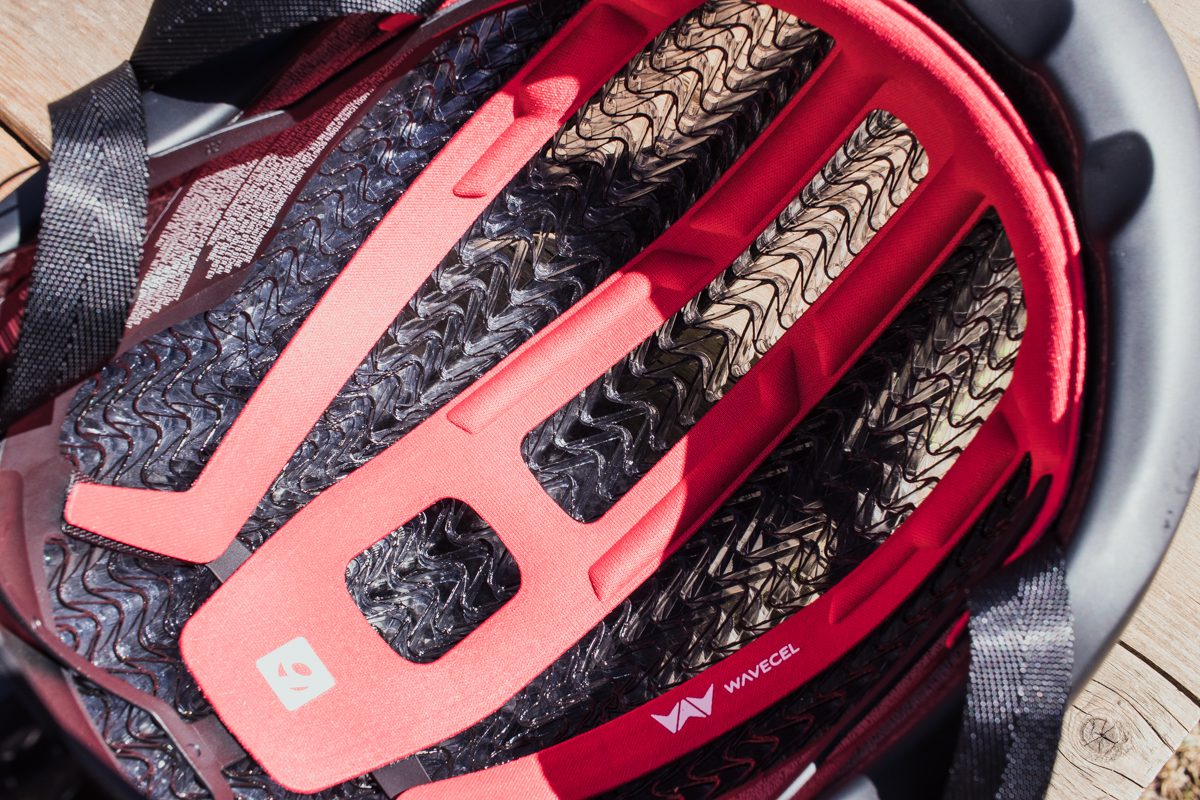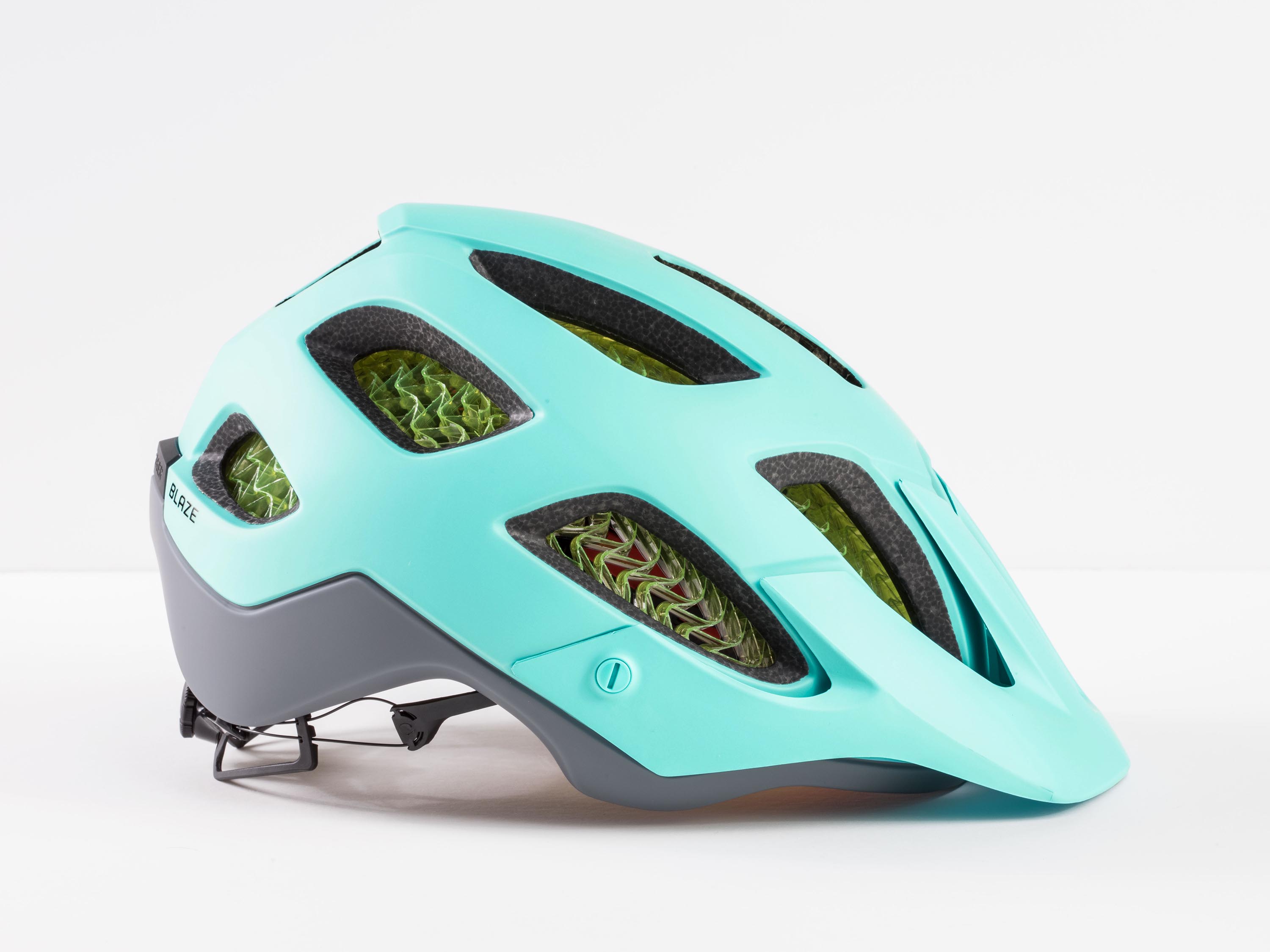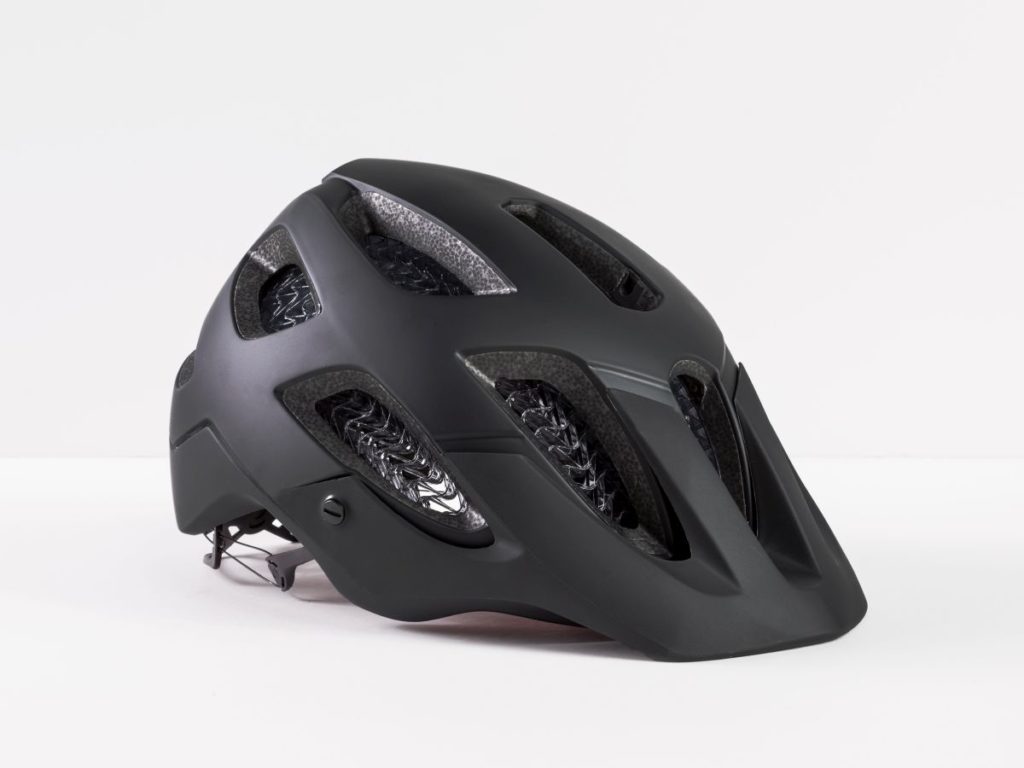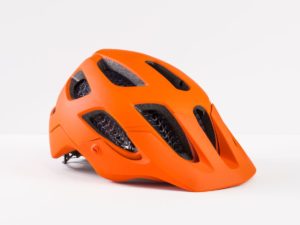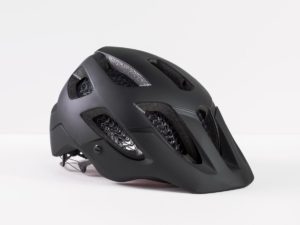Opening the lid on Trek’s WaveCel helmet techology
New helmet liner looks to dramatically reduce the risk of concussions
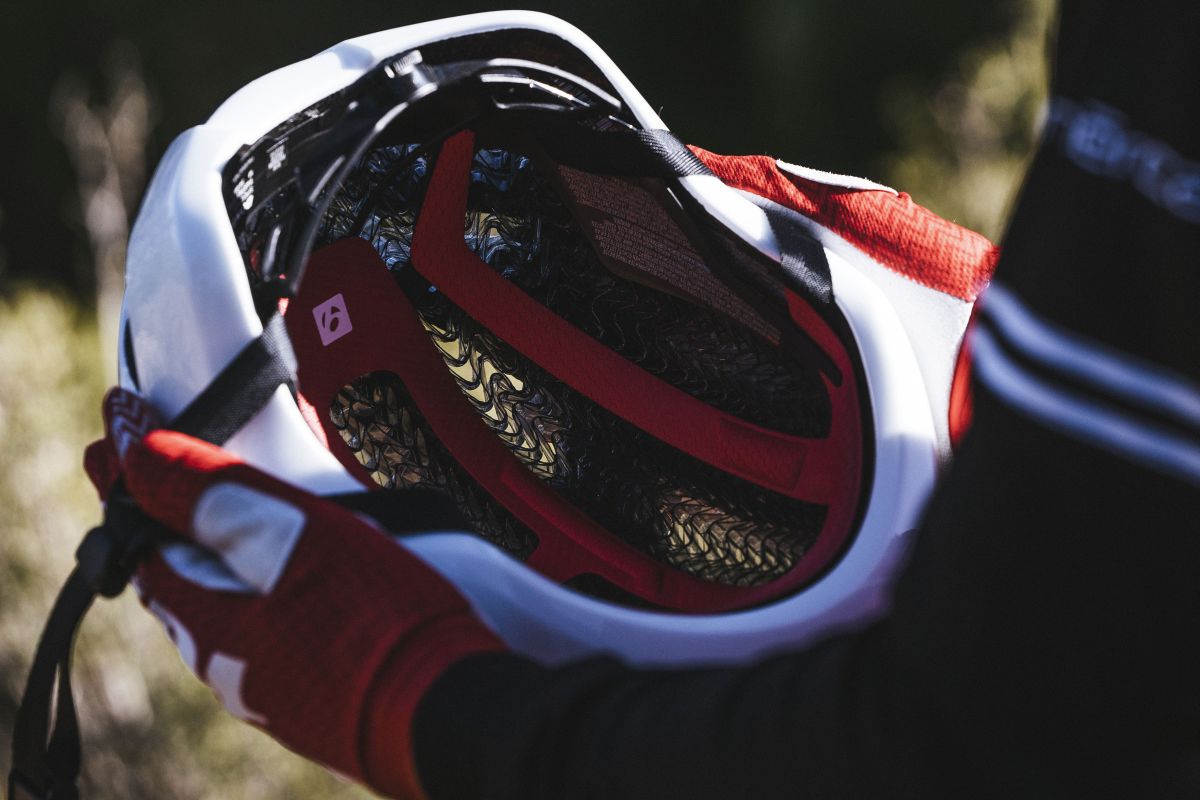
If you’ve ridden a mountain bike long enough you’ve fallen off once or twice. Maybe even in the same ride. Even the most skilled riders come off their bikes from time to time. While you might walk away from most of these just fine to continue your ride, occasionally a crash ends in an injury. Sore muscles and broken bones heal, but there’s growing evidence that brain injuries never completely go away, and their effects can accumulate over time.
Trek’s response to this has been to focus on preventing brain injury in the first place. It’s new WaveCel helmet liner is intended to dramatically reduce the chance of a concussion the next time you crash.
Trek WaveCel liner
Unlike a standard foam helmet, which is designed to protect against direct impacts, WaveCel accounts for how most cycling accidents actually happen—ungracefully, with twists, turns, and angled impacts.
WaveCel absorbs energy in multiple ways. On impact, the layers of the WaveCel material move independently and flex until the cell walls crumple and then glide, actively absorbing direct and rotational energy and redirecting it away from your head.
Developing a safer helmet
Bontrager’s new WaveCel technology was developed in collaboration with specialists who have been responsible for advances in fracture care, thoracic and pelvic trauma, and head injury prevention. Orthopedic surgeon Steve Madey and biomechanical engineer Michael Bottlang worked over four years with Trek and Bontrager’s research and development departments to design the new WaveCel helmets.
How WaveCel works in an impact
WaveCel is supposed to make Bontrager’s helmets safer in a number of different ways and reduce the likely hood of a concussion in an impact. The underlying principle is dispersing the forces of an impact away from your head. The layers of Wavecel move independently and flex until the materials cellular structure crumbles and then glides. This action disperses direct and rotational forces reducing the chances of a head injury.
In tests, WaveCel’s structure-flex, crumple and glide system proved to be 48 times more effective in preventing concussions than a traditional EPS helmet in conditions meant to simulate a common cycling crash. In that simulated test, the helmet would have prevented a concussion in 99 of 100 impacts.
WaveCel is integrated into the entire inner dome of a helmet. It is designed to deal with the linear and rotational forces where ever the impact occurs.
Four WaveCel helmets
WaveCel will be offered in four helmets to start with. The Blaze WaveCel will be the only mountain bike specific helmet at first. On the road, XXX WaveCel and Specter WaveCel are joined by the Charge WaveCel commuter helmet. The Blaze has an MSRP of $390
We’ll be reviewing a Bontrager Blaze WaveCel soon. For initial impressions of how Bontrager’s new technology looks in person read our first impressions of the XXX road model.
